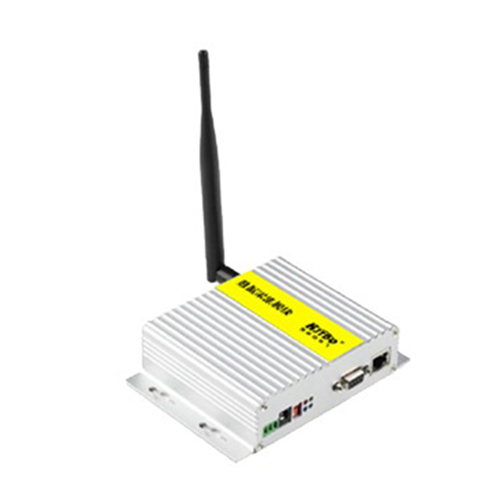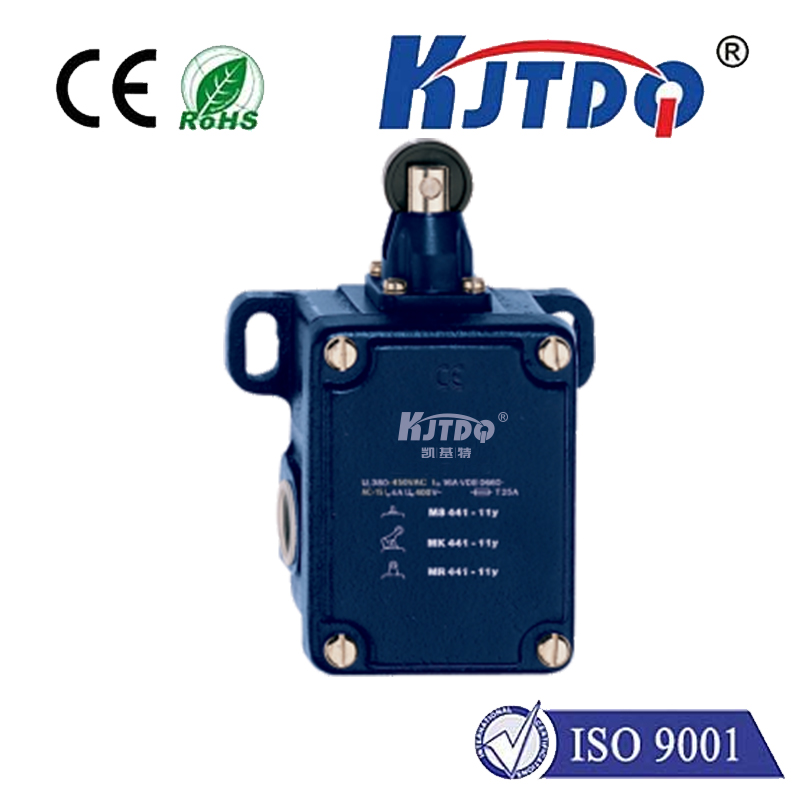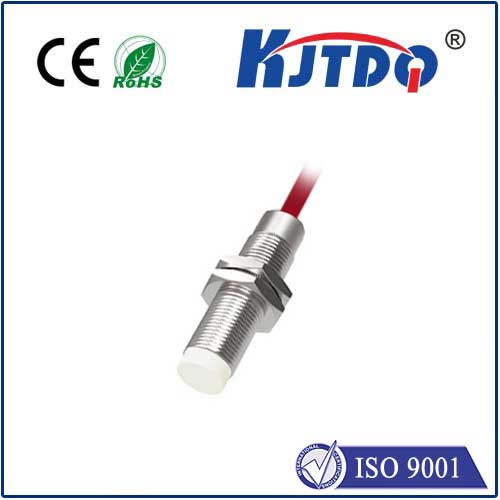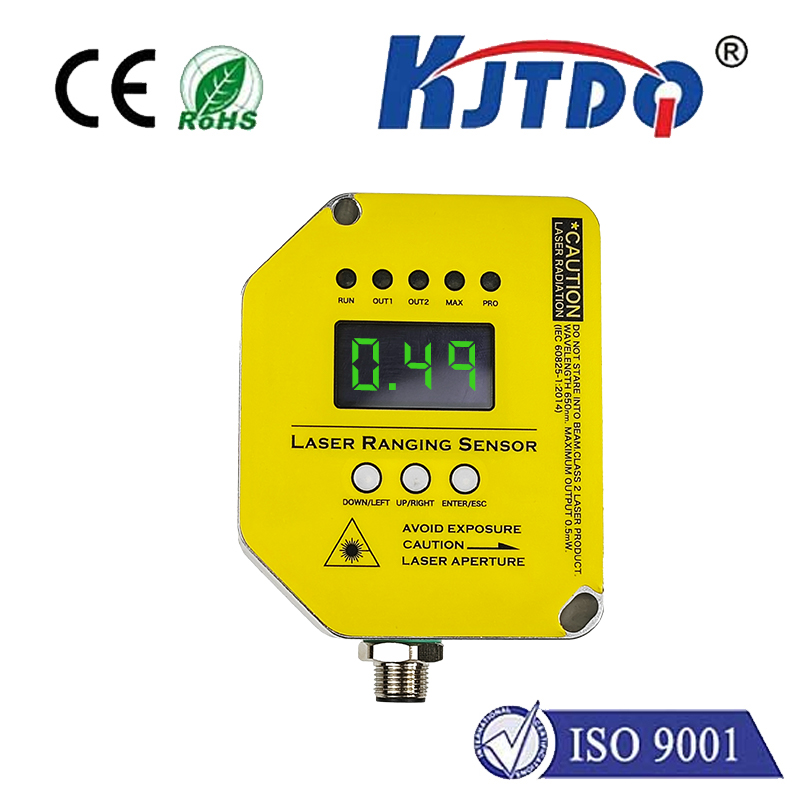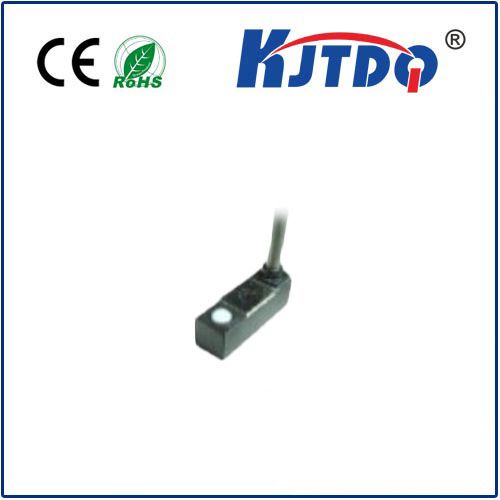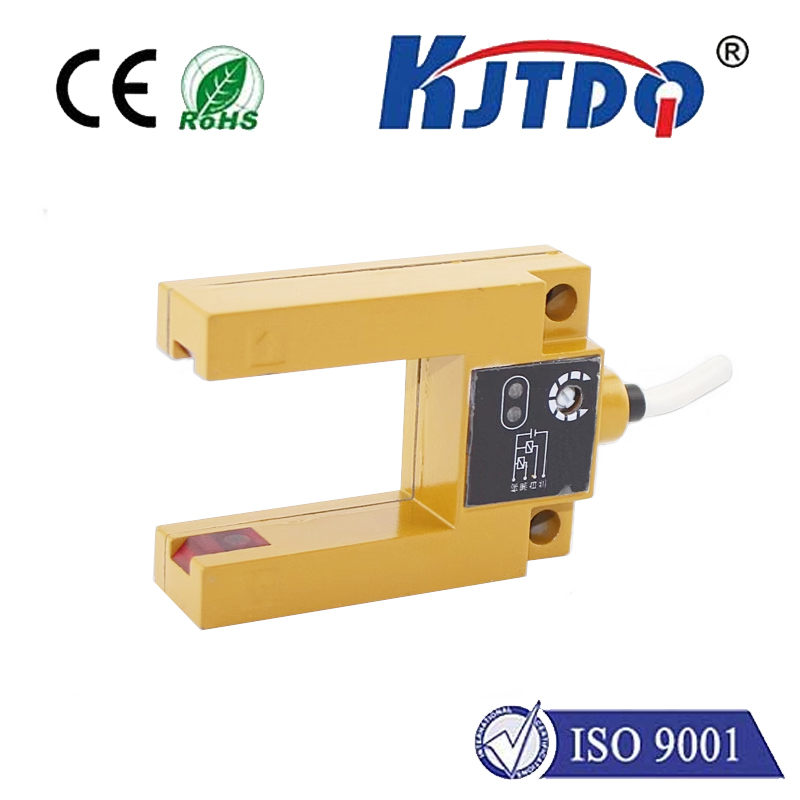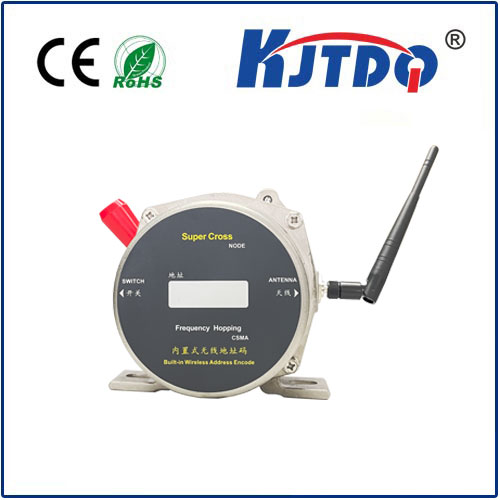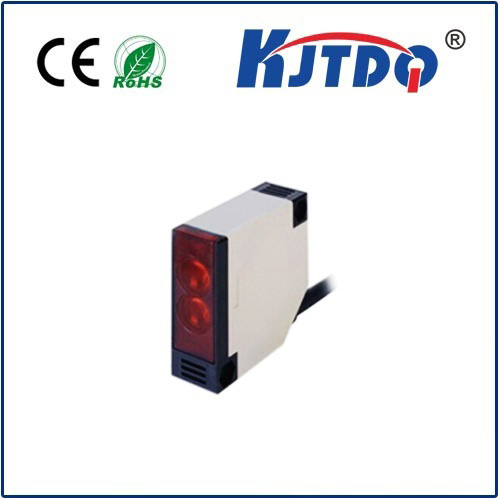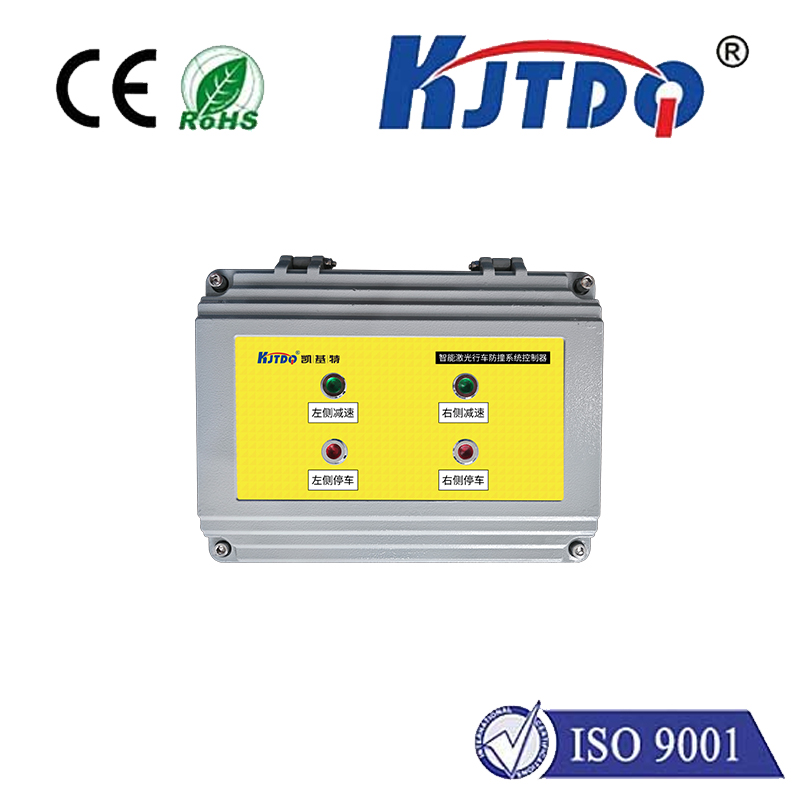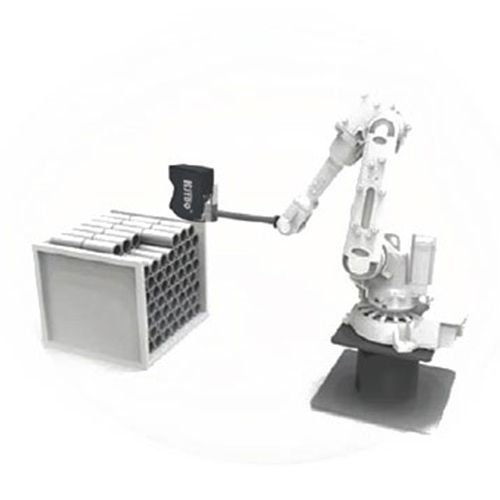

check

check

check

check

check

check

check

check

check

check
Micro Switch Limit Switch: Understanding the Differences and Importance in Industrial Control Systems
The micro switch and limit switch are two essential components found in industrial control systems. Both serve a vital purpose in ensuring the safe and efficient operation of machinery and equipment. However, they differ in their design, function, and application. In this article, we will explore the differences between micro switches and limit switches and their importance in industrial control systems.
I. Micro Switches: Definition, Design, and Function
A. Definition: Micro switches are electrical switches that consist of a movable contacts enclosed within a compact housing. They are often used for controlling small-scale electronic devices like sensors, actuators, and other low-power circuits.
B. Design: Micro switches come in various designs, including latching, toggle, push buttons, and more. They typically operate on AC or DC power sources and have a high-contact resistance rating to ensure reliable switching.
C. Function: The primary function of micro switches is to provide precise control over electrical circuits. They enable quick detection of changes in input signals and can signal an open or closed state, depending on the direction of the input signal. This function makes them ideal for use in applications where accurate feedback is critical, such as in robotics, automotive systems, and medical devices.
II. Limit Switches: Definition, Design, and Function
A. Definition: Limit switches are mechanical switches that consist of a movable arm attached to a shaft or pivot point. They are often used for controlling large-scale machines like conveyor belts, cranes, and industrial robots.
B. Design: Limit switches come in various designs, including magnetic, pneumatic, and hydraulic switches. They typically have a simple construction with no moving parts but must be designed to withstand harsh operating environments like extreme temperatures, dust, and vibration.
C. Function: The primary function of limit switches is to provide reliable protection against machine damage. They sense when the machine's motion has exceeded a predefined threshold and trigger an automatic stop to prevent damage to the machinery or operator. This function makes them essential for ensuring safety in industrial applications where human error can lead to costly accidents and downtime.
III. Comparison of Micro Switches and Limit Switches
While both micro switches and limit switches play crucial roles in industrial control systems, there are significant differences in their design, function, and application. Here are some key points to consider:
A. Design: Micro switches are typically smaller and more compact than limit switches, making them suitable for tight spaces and lightweight devices. Limit switches, on the other hand, are larger and more robust due to their need to withstand harsh operating conditions.
B. Function: While both switches provide reliable control over electrical circuits, their primary functions differ significantly. Micro switches are primarily used for providing precise feedback on input signals, while limit switches serve as protective mechanisms to prevent machine damage.
C. Application: Micro switches are commonly used in applications where precision control is required, such as robotics and automation systems. Limit switches are more prevalent in industrial settings where safety is paramount, such as manufacturing and heavy-duty machinery applications.
D. Cost: Due to their simplicity and low-cost construction, micro switches tend to be less expensive than limit switches. However, this difference is often negligible when considering the overall cost of implementing an industrial control system.
In summary, both micro switches and limit switches play crucial roles in industrial control systems by providing precise control over electrical circuits and protecting machines from damage. While their design, function, and application may differ slightly, their importance in ensuring safe and efficient operations cannot be overstated. As technology continues to evolve, it is essential to understand the unique characteristics of each switch to choose the appropriate solution for specific industrial applications.
